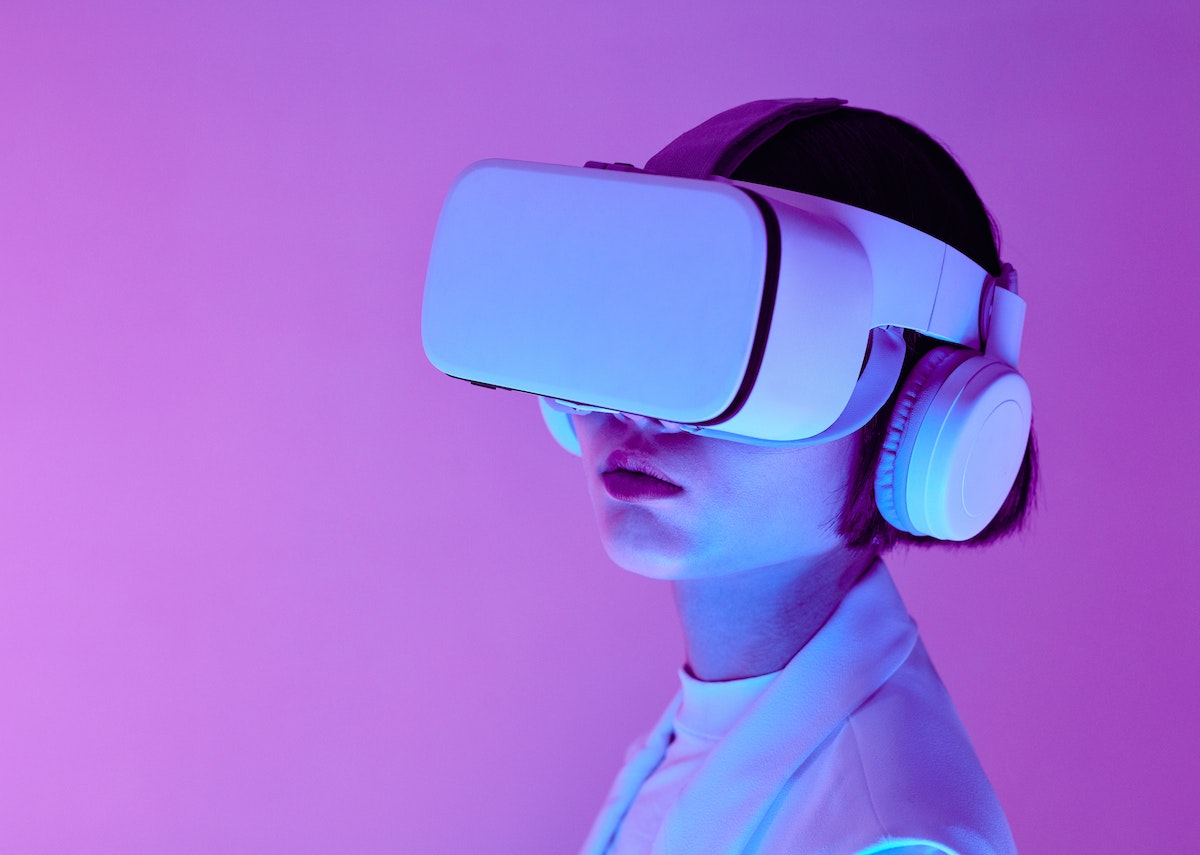How AI Technology Can Influence Customer Experience
Share

AI technology has already been adopted in many consumer products and it is shaping every industry vastly. Using AI iterations at work such as content personalization and automated chatbots, play a great role in defining client journey. However, it is just the tip of the iceberg and there is a lot more in store. Below are three ways in which AI is likely to influence client experience.
Offering Virtual Reality as a Service
Virtual reality can offer a lot of benefits to B2C companies, including e-commerce businesses. It is noted that many customers cannot specifically describe their problems via phone or through live chat. That forces the customer support representatives to try to fix the issue based on what the client has described. However, this can lead to more confusion on both ends.
If the customer does not have much technical expertise, then he/she may find it very difficult to navigate through the website or contact the customer service as well. At the same time, the customer support representative cannot determine whether the consumer has fully understood and followed the instructions to troubleshoot the problem.
A simple solution to address this situation is to include a video for customer support issues. For the client, it means that they will need to submit recorded evidence to describe the problem. That way, the customer support representative can clearly understand what the problem is and provide the right steps to troubleshoot the issues. The support staff can send a video tutorial to instruct the customer on how to fix the problem on his/her end as well.
Implementing virtual reality as a service comes as a more advanced solution. Using the technology, the customer support representative can watch the problems that the consumer is facing in real-time as well as provide solutions to fix the issue as if they were there in person. This creates a sense of human experience for the customer, which is one of the main reasons why many people prefer buying from a local outlet.
Virtual reality will provide all the benefits that a customer expects from a brick-and-mortar store, while not requiring the seller to bear the costs of running a local store. A few virtual reality technologies are being tested currently to provide such an experience, and more are bound to come soon.
Minimizing Cart Abandonment Rate
Cart abandonment has always been one of the most common concerns for e-commerce businesses. It is reported that more than 69% of users leave the checkout page without making a purchase. While some e-commerce businesses send email reminders to their customers about the items left in their carts, it often does not bring the desired results. An advanced way to tackle this situation will be to implement a few elements of in-store experience using AI technology.
For instance, it is not possible to determine the interests of a customer in a product when shopping online as effectively as the body language would tell when they’re at a local store. Besides, the sales representative at the store can also influence the buying decision of the customer based on their observation.
If AI technology is used in e-commerce sites, it can pick up the interests of the user just like identifying virtual body language. That way, more recommendations can be pushed to the customer to guide them to the next steps of the purchasing process. Likewise, AI technology can be used for omnichannel promotional messaging as well as for retargeting customers to increase conversion rates and reduce cart abandonment.
Another way to reduce cart abandonment using AI is to re-engage old users by understanding micro-moment behavior. It can also be beneficial in lead segmentation as well as for service suggestions that match up the products that the customer is interested in. Simply put, there are countless ways in which AI implementation can help to decrease cart abandonment rates for an e-ecommerce business.
Adjusting Price Models as Per User Interaction Levels
Reports say that around 73% of retailers are set to employ intelligent automation for improving their pricing and promotion by next year. This means that using AI to adjust the price models and to promote deals as per the user interaction levels will become the norm very soon.
It is evident that price optimization cannot be achieved that easily without using automation. For instance, an inventory manager cannot stay updated on the best pricing for numerous items on a daily or weekly basis. With the help of AI though, the data can easily be sorted, which makes it very simple for the business to consider different pricing scenarios. In turn, this helps gain more profits by promoting the right deals.
Note that price optimization can also help figure out unidentified connections between purchased items that an inventory manager cannot discover. For instance, a customer buying bed sheets may also be interested in buying detergent. This seems logical and can be understood by the human mind. However, AI technology can also identify that the customer is also likely to buy a pack of chips. That is because AI can connect the customer’s geographic area and age group to their buying habits and ultimately understand if they’re more likely to eat in bed.




